
E-mail: font@focusonnature.com
Phone: Toll-free in USA 1-888-721-3555
or 302/529-1876
 |
PO Box 9021,
Wilmington, DE 19809, USA E-mail: font@focusonnature.com Phone: Toll-free in USA 1-888-721-3555 or 302/529-1876 |
 Argentina
Birds
Argentina
Birds
from Tinamous to Flycatchers
Noting those during
Focus On Nature Tours
with an (*)
from 1992 thru 2014
during the months of October,
November, and December
Part 1 of a List of
Argentina Birds
compiled by Armas Hill
UPPER RIGHT PHOTO: a female
KELP GOOSE
Link:
Part #2 of this List of Argentina Birds: Antbirds thru Grosbeaks
There have been 14 FONT
birding tours in Argentina.
693 species of birds have
cumulatively been seen during FONT Argentina tours.
The most recent taxonomy has been
incorporated into the following list, originally from the 3rd edition of "The Howard & Moore Complete Checklist of
the Birds of the World", and other changes since.
Codes:
(ARe): endemic to Argentina
(ARqe): quasi (or near) endemic to Argentina
(ARr): rare in Argentina
(ARi): an introduced species in Argentina
(t): a globally threatened or
rare species, designated by Birdlife International
(t1): critical
(t2):
endangered
(t3): vulnerable
(nt): a near-threatened
species globally
(ph): species with a photograph in the FONT web-site
![]()
ba:
in
and near Buenos Aires
fs:
far-southern
Argentina, including Patagonia and Tierra del Fuego
nc:
in north-central Argentina, including areas south from Salta to Tucuman and
Cordoba
ne: in
northeast Argentina, including the areas of Iguazu (in Misiones) and the Ibera
Marshes (in Corrientes), and in between
nw:
in
northwest Argentina (from Salta north of Jujuy), including the areas of Jujuy,
Calilegua National Park, and the Altiplano
so:
in southern Argentina, including the Valdez Peninsula, and nearby areas to the
north & south, in Chubut & Rio Negro
![]()
Links to Groupings of Birds in this List:
Waterfowl
Penguins Seabirds
Raptors Shorebirds
Pigeons & Doves Macaws,
Parakeets,Parrots
Cuckoos Owls Potoo,
Nighthawks, Nightjars Swifts
Hummingbirds Woodpeckers
Flycatchers
Other Links:
Upcoming FONT Birding & Nature Tours in Argentina
Rare Birds in the Andes & Patagonia
Mammals in Argentina Mammals in South America (both of these with some photos)
Butterflies in South America, a list in 5 parts Butterflies at Iguazu (both of these with some photos)
Directory of Photos in this Web-Site
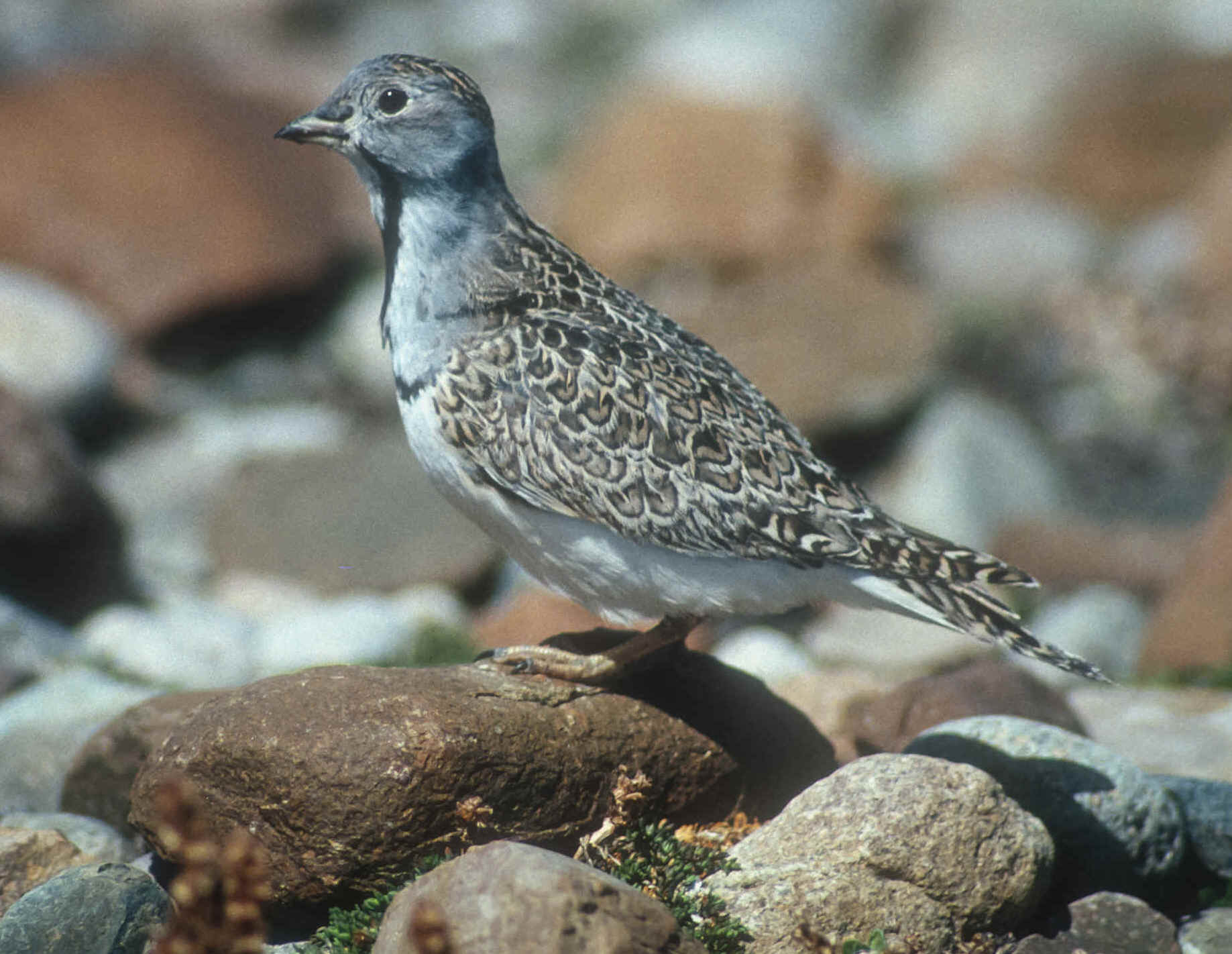
Least Seedsnipe
(photo by Larry O'Meallie)
Birds:
TINAMUS
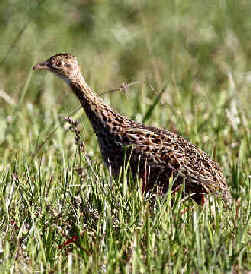
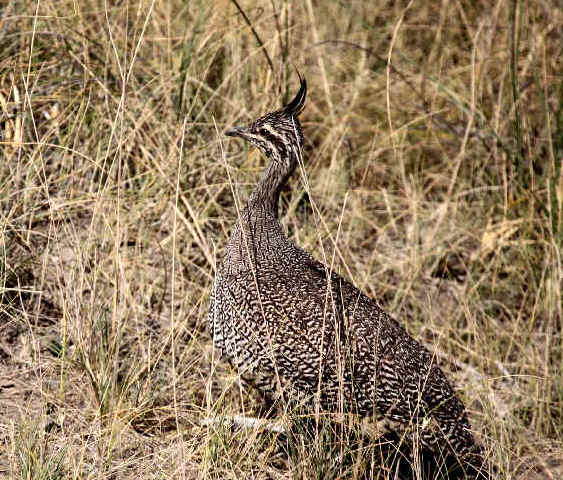
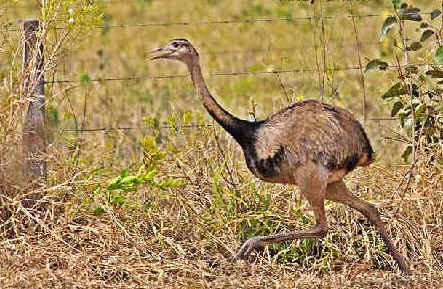
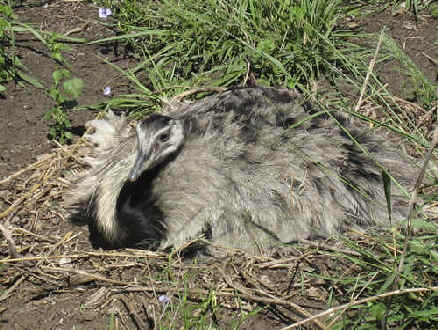
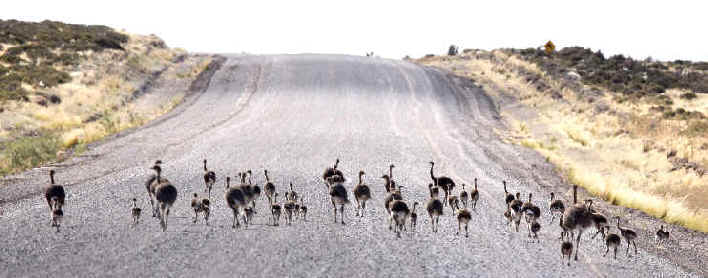
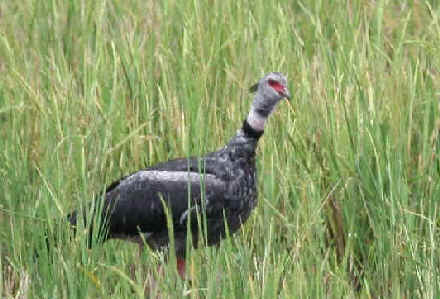
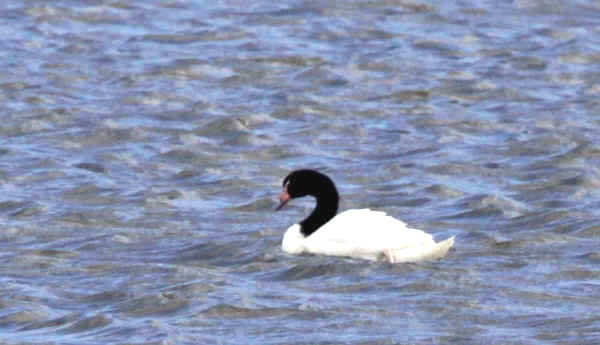
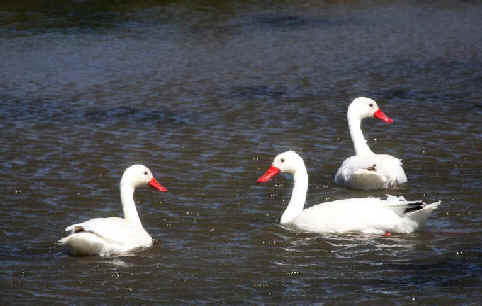
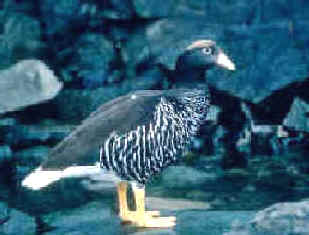
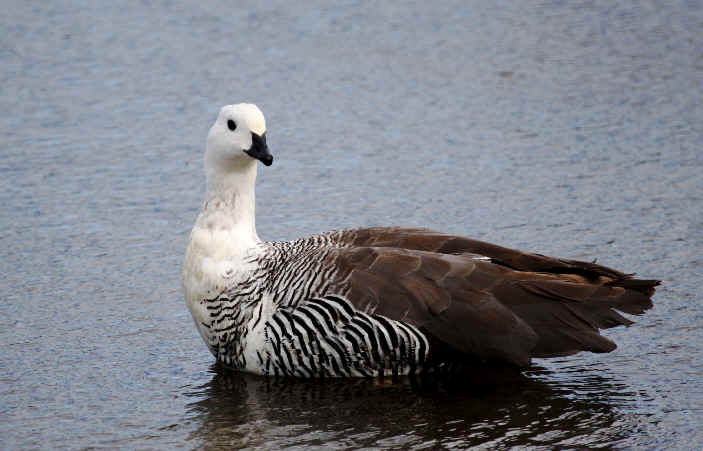
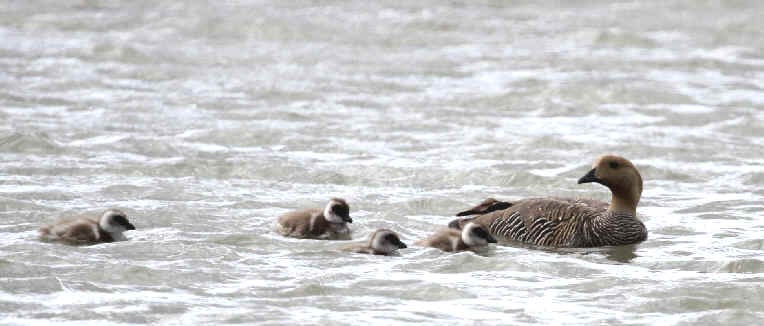
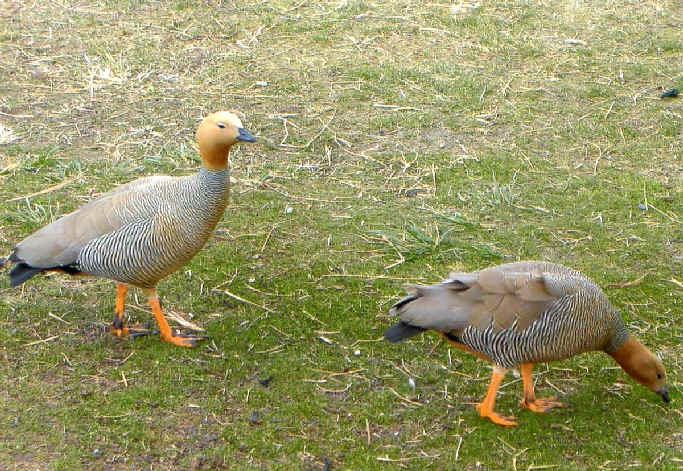
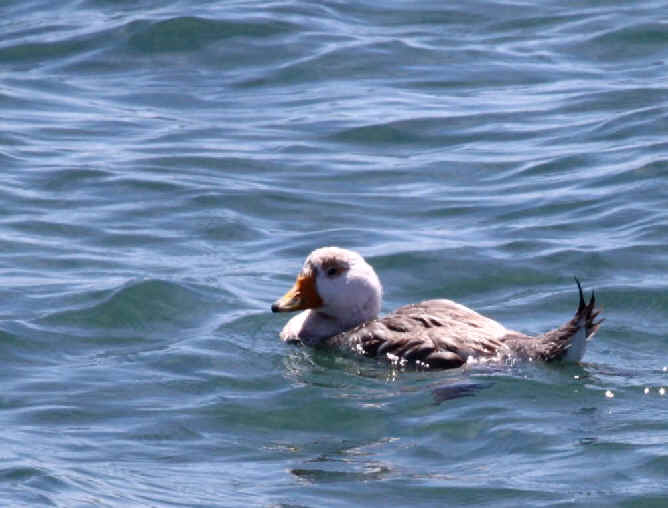

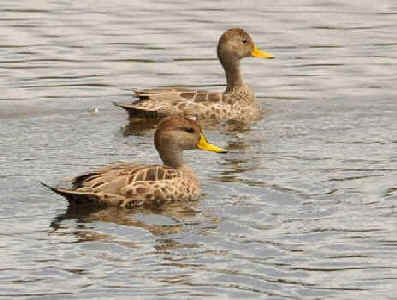
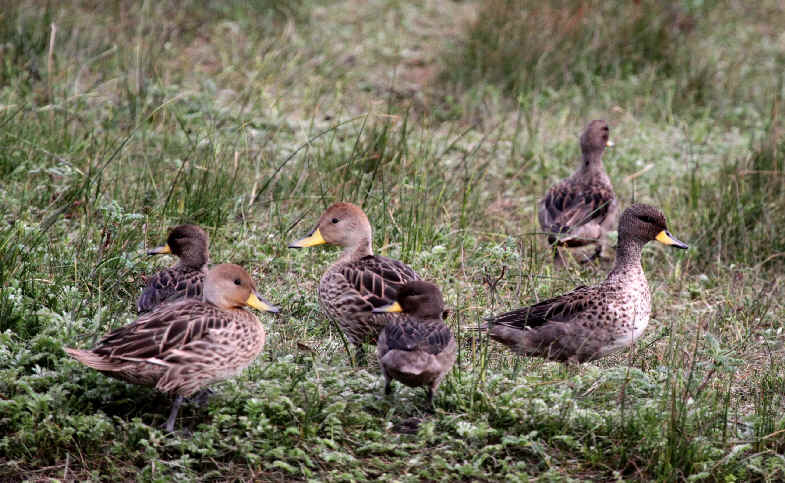
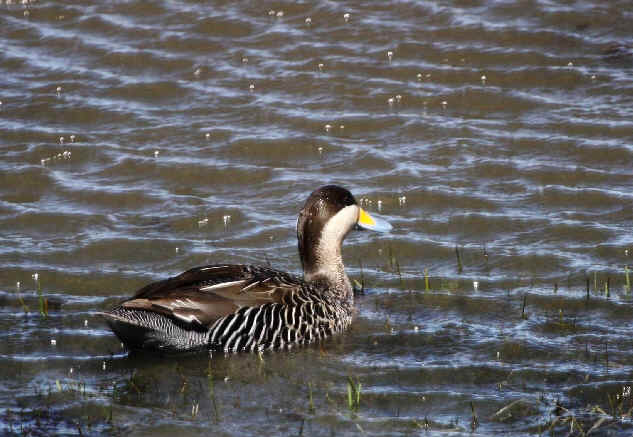
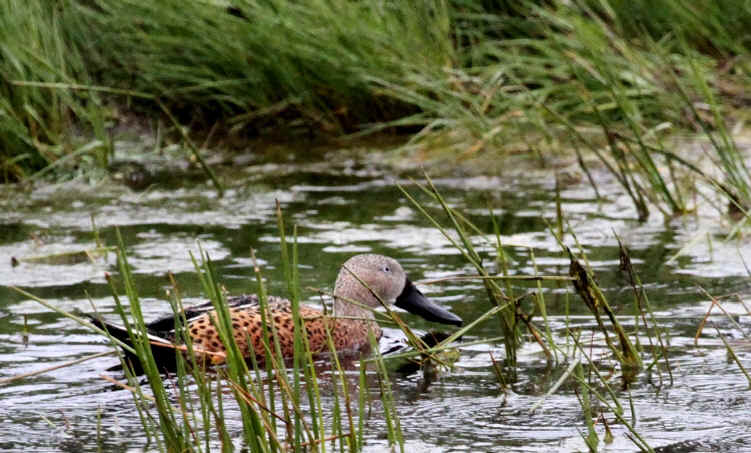
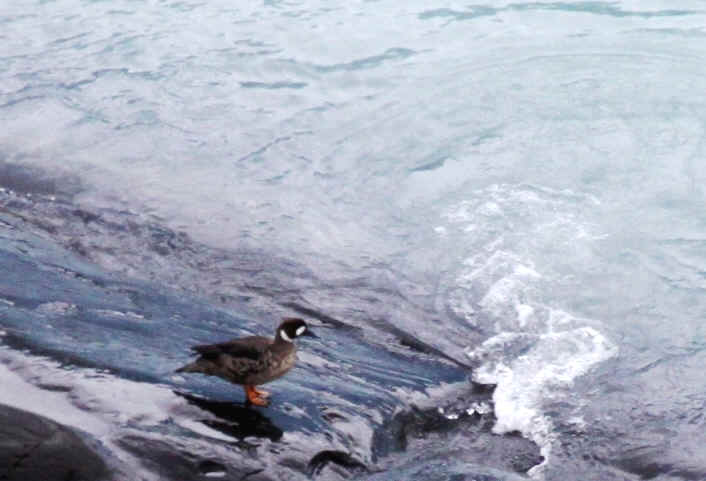
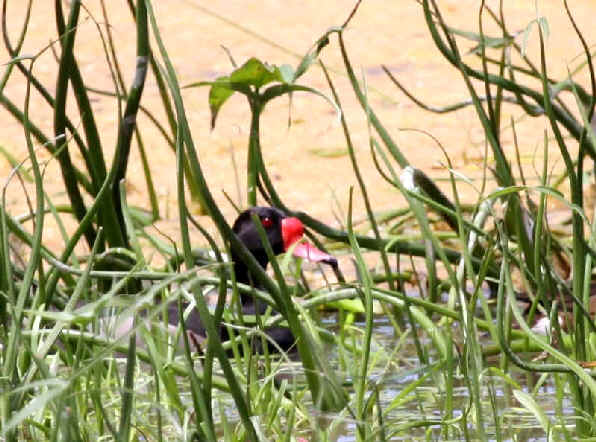
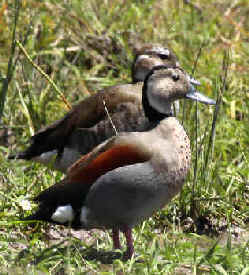
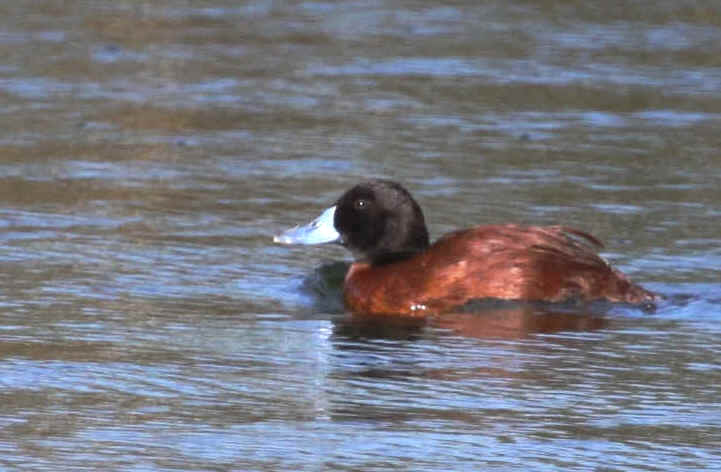
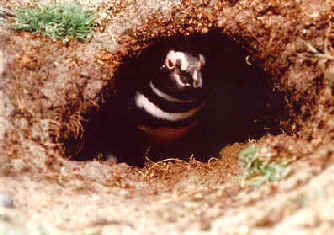
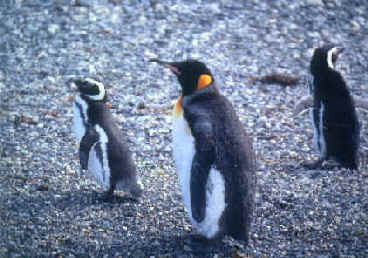
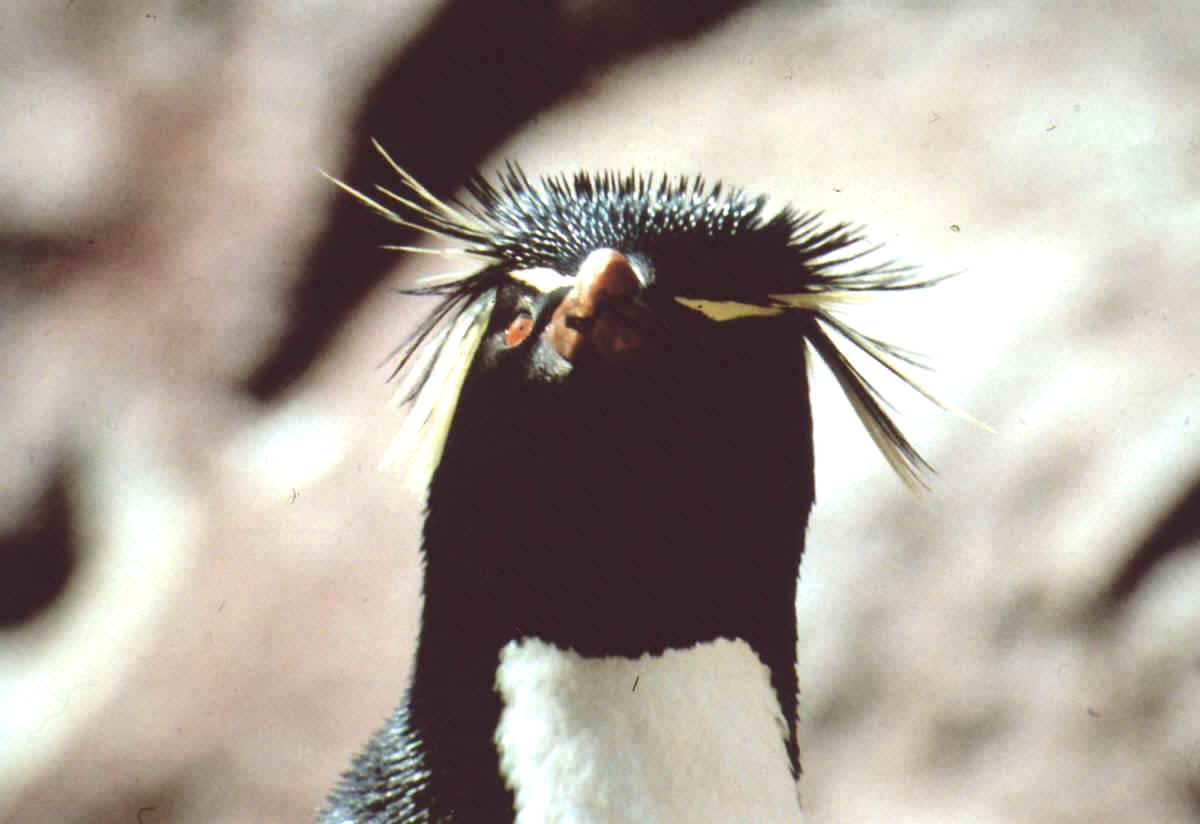
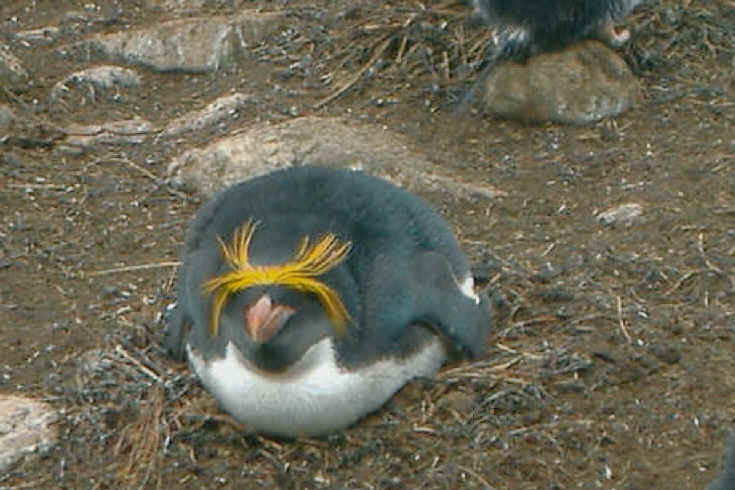
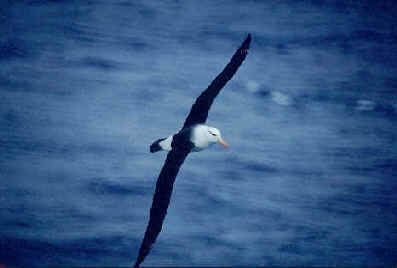
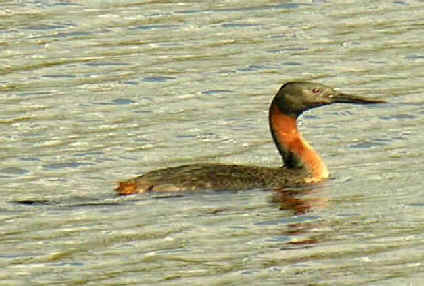
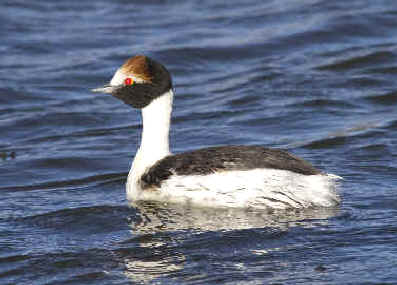
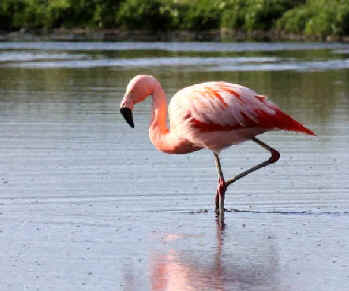

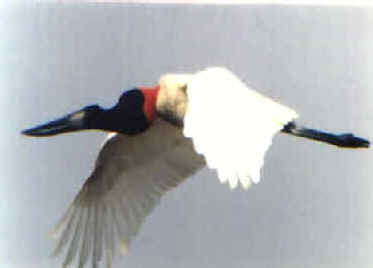
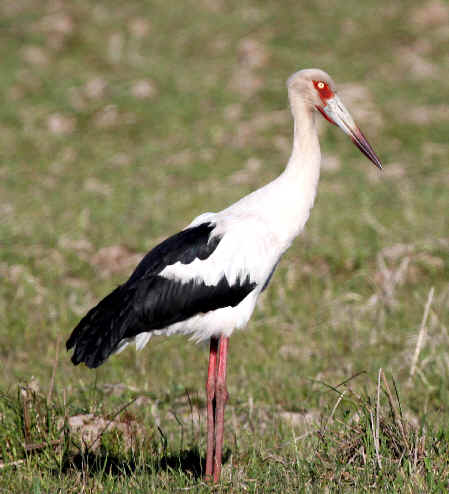

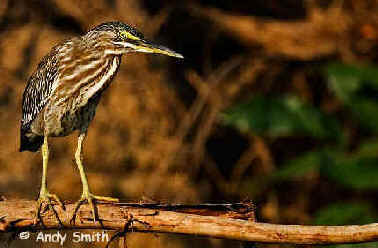
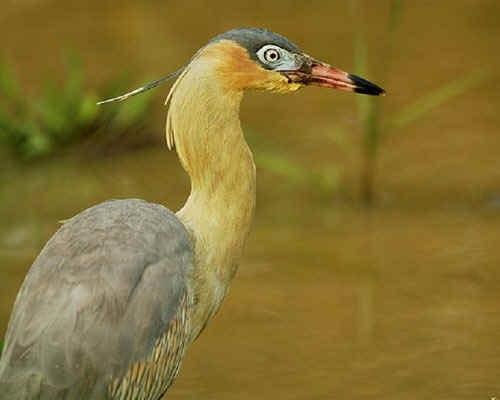
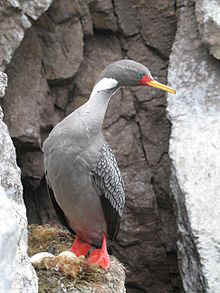
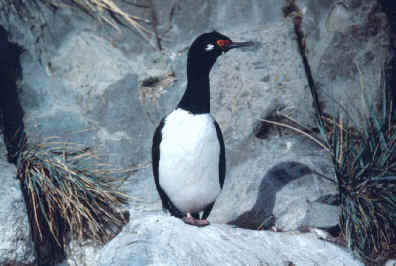

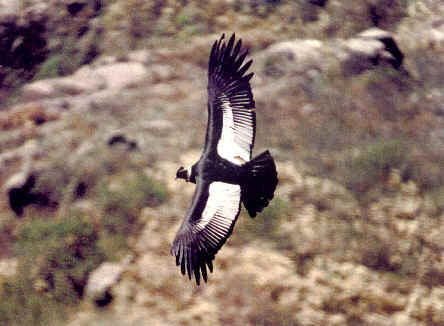
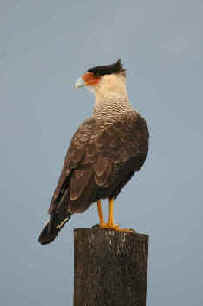
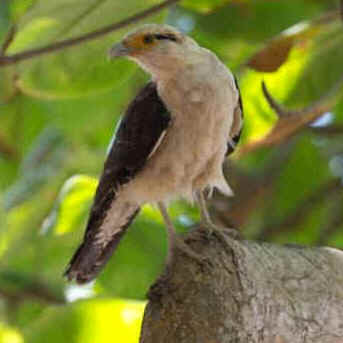
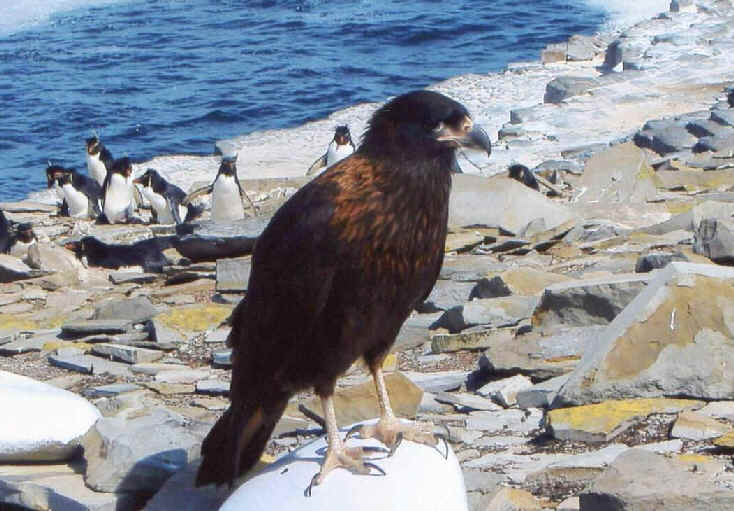
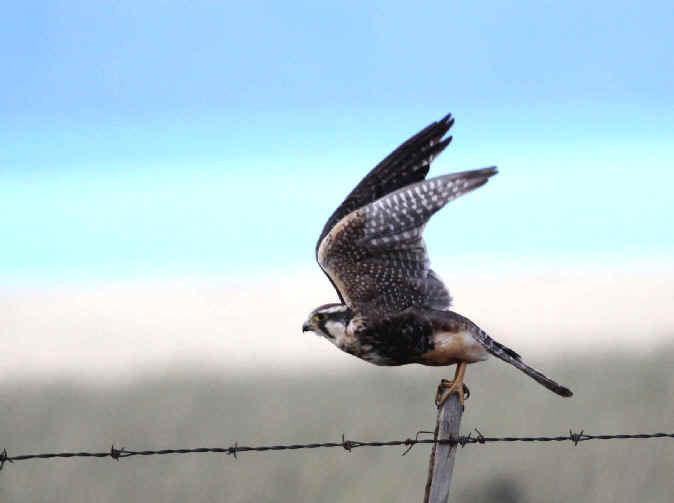



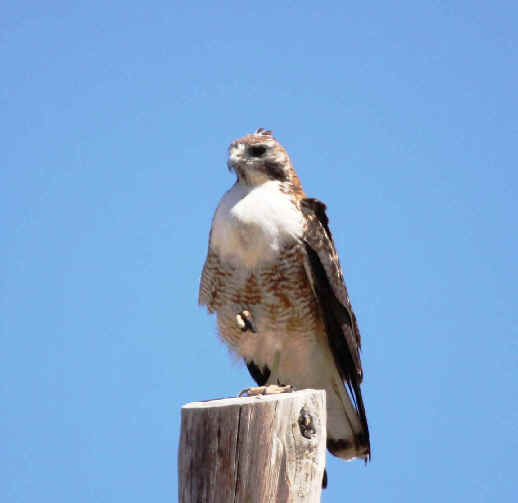
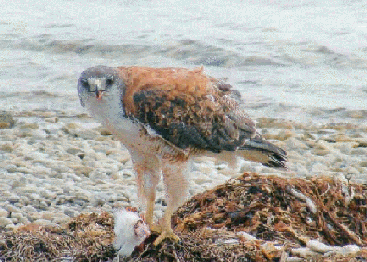
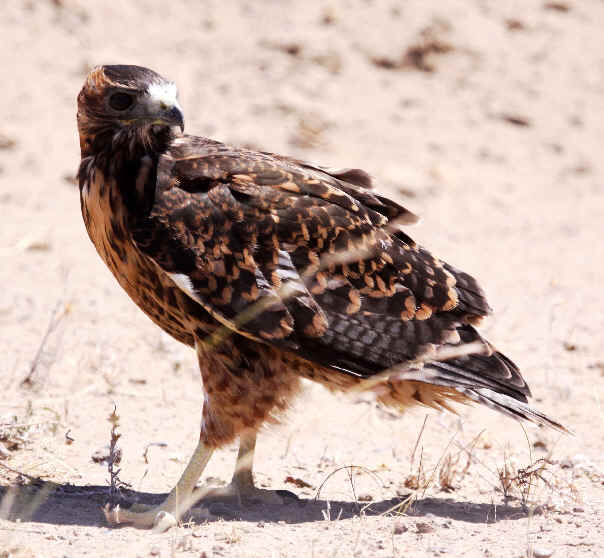
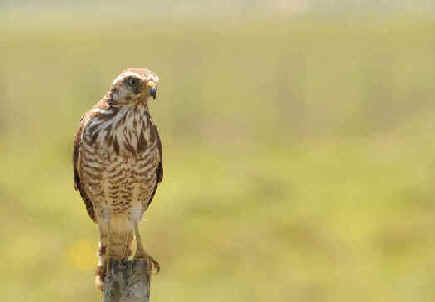
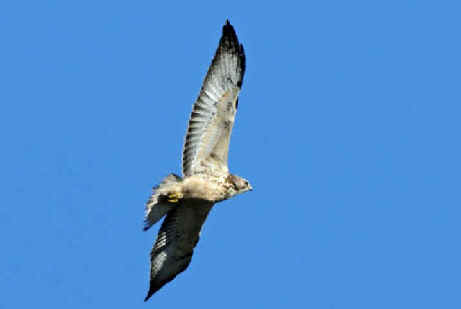

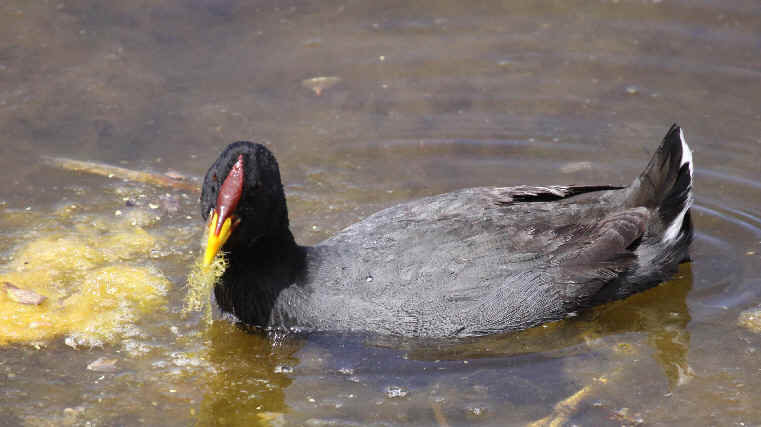
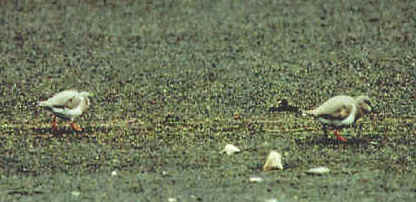

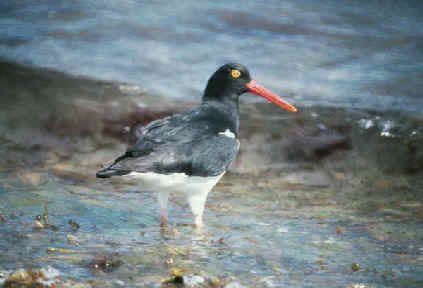
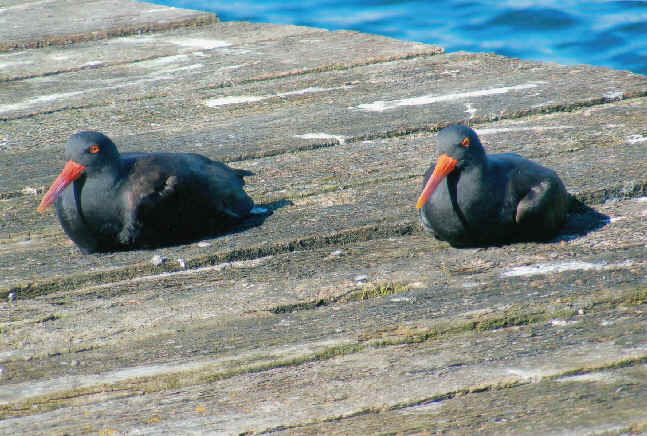


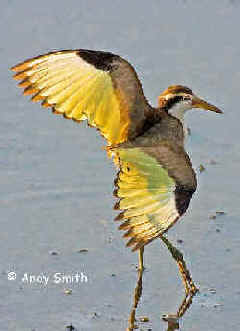
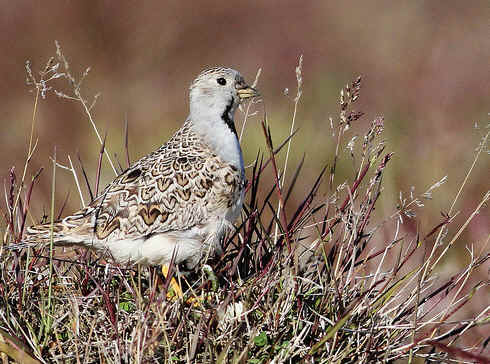
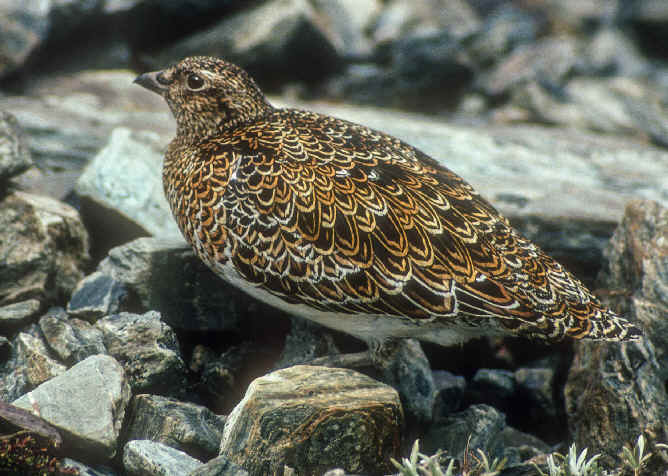


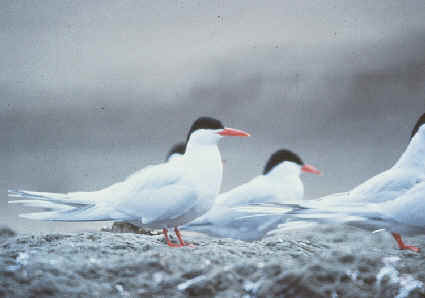
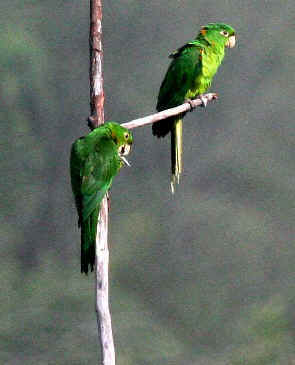
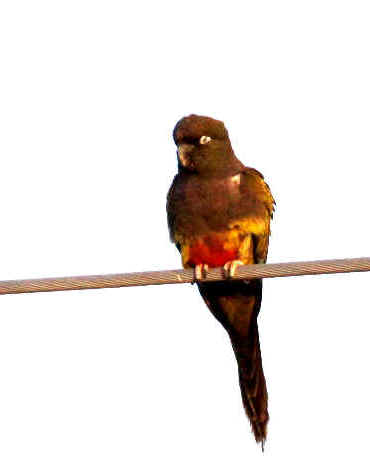
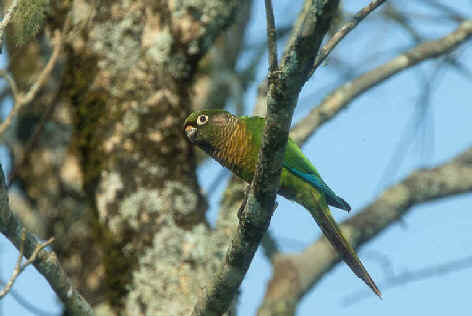
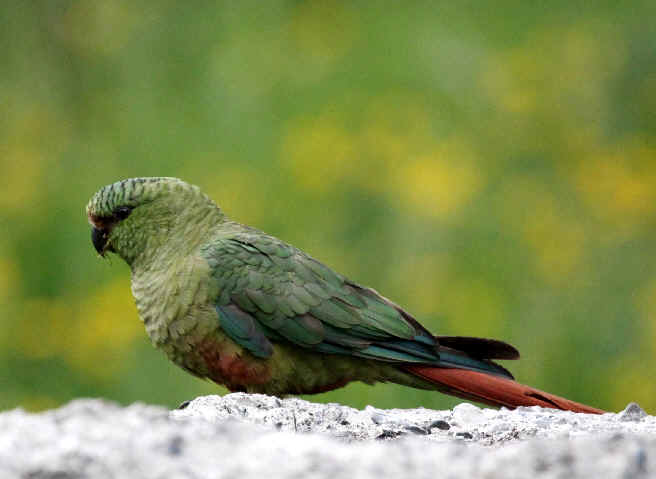
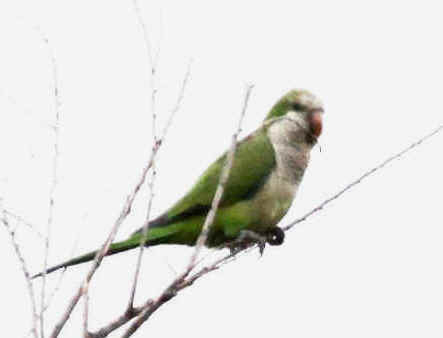
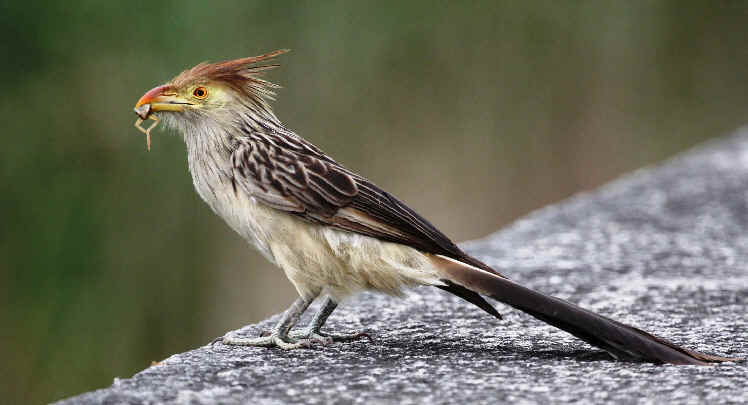
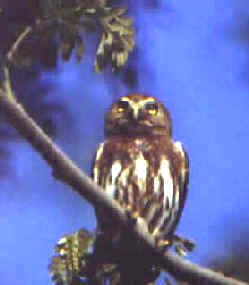
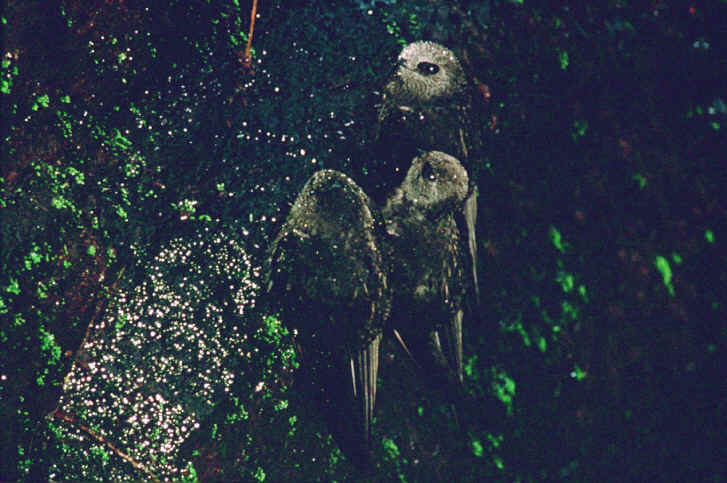


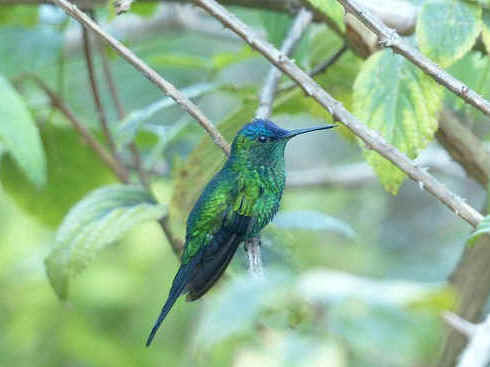
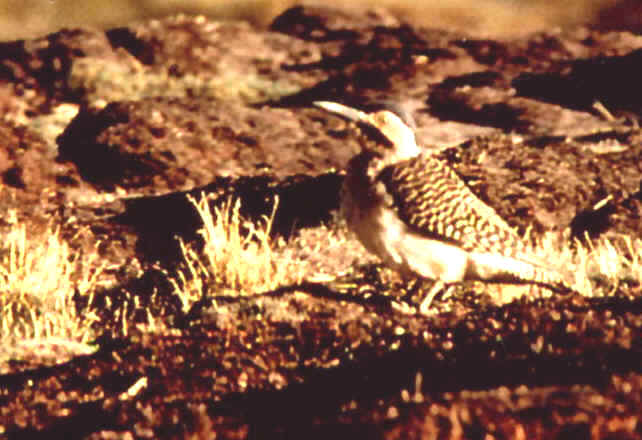

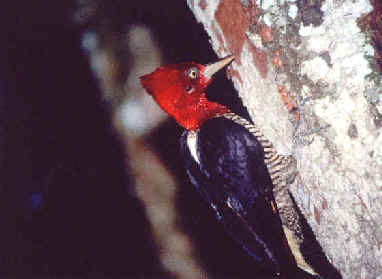
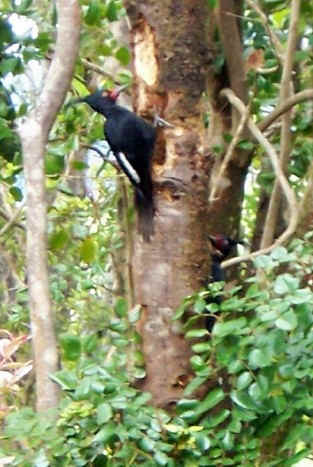
Ocellated Piculet ______
Picumnus dorbignyanus
MANACUS
White-bearded Manakin (ph) (*) ______
ne
Manacus manacus gutturosus
PIPRA
Band-tailed Manakin ______
Pipra fascilcauda scarlatina
CHIROXIPHIA
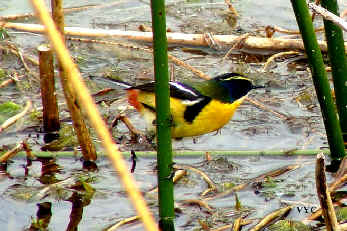
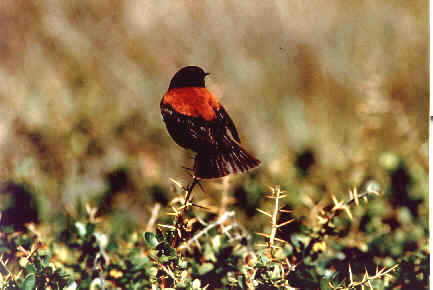
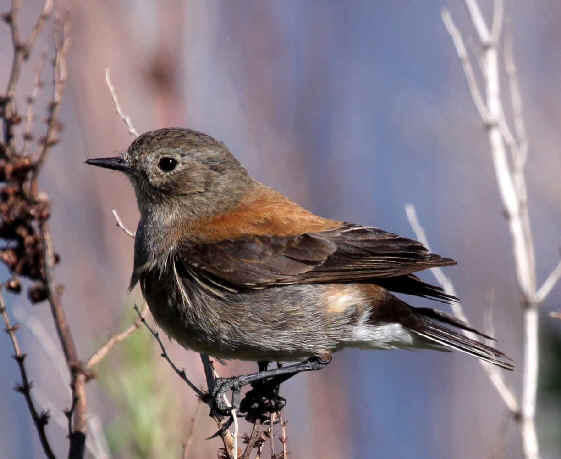
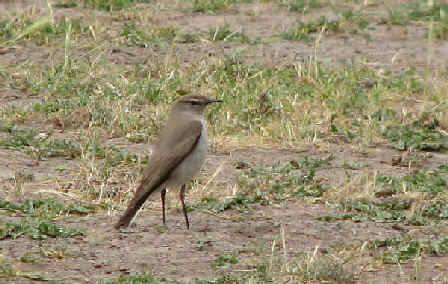
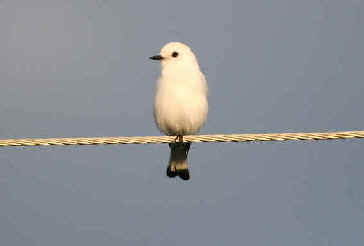
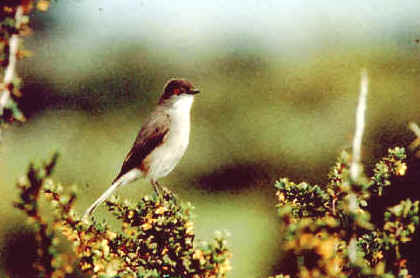
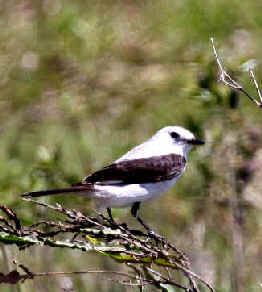

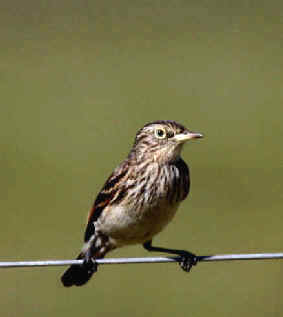
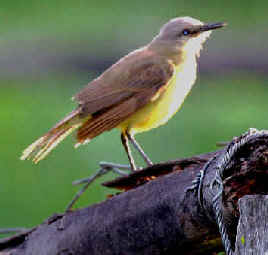
![]()